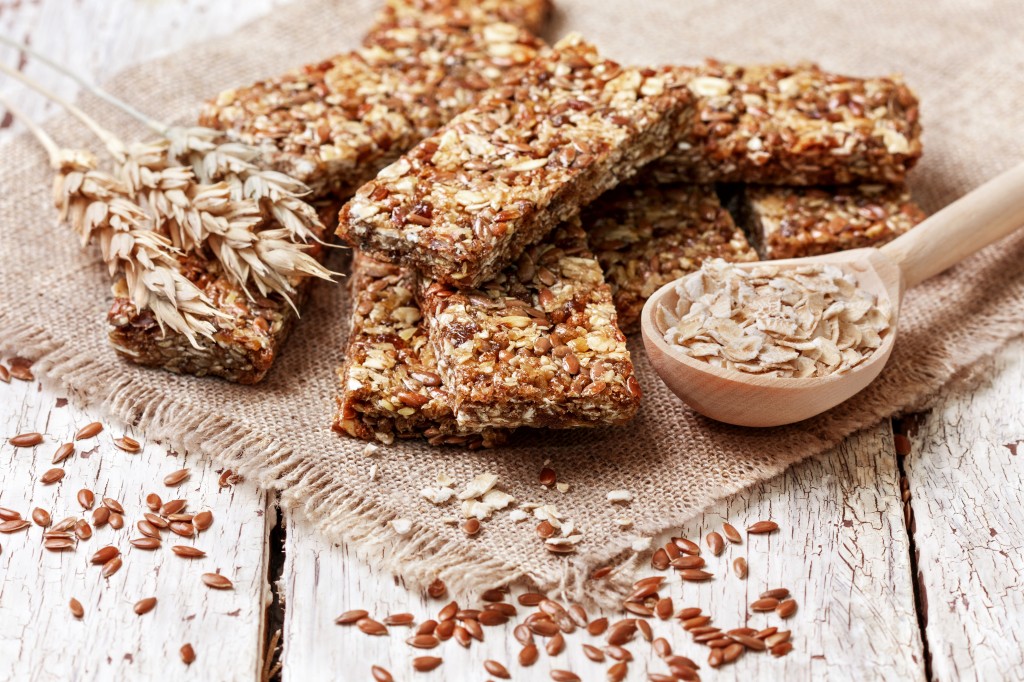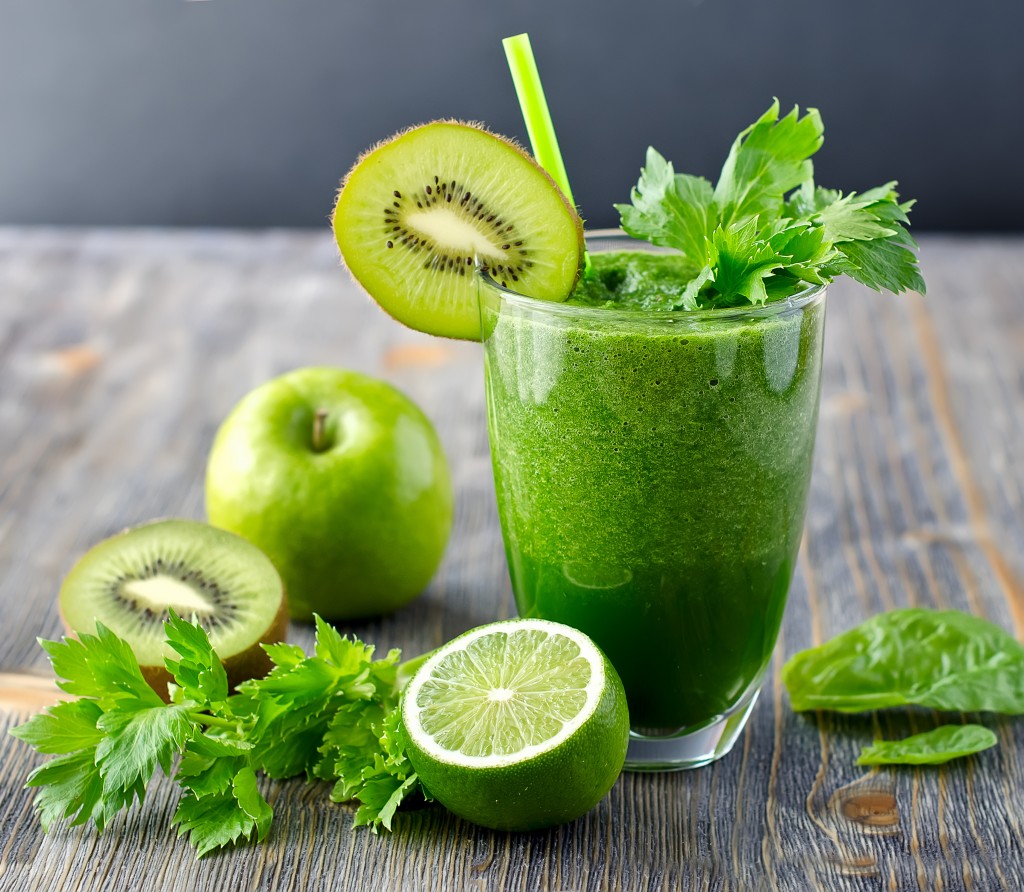
I remember back in the 1990’s sitting in meetings at Nature’s Way talking about the potential of the functional food and beverage sector, which at that point was in its infancy. Now, over two decades later, we are in the ramp up to significant expansion of the category with new products entering the market on an almost daily basis. A simple walk down the beverage aisle of Whole Foods provides an excellent example of the proliferation that has occurred. The sheer volume of functional beverage entries is both staggering and intimidating. Even more sobering, probably 50 percent of those brands won’t be on the shelf one year from now. The beverage isle is a brutal retail battleground where brands either thrive or die. Functional food brands have not yet proliferated to the extent that functional beverages have, but based upon a review of marketplace activity and trends, many more functional food product introductions are on the horizon. And the key driver here is the consumer, believe it or not. In survey after survey, consumers have stated that they prefer their health and wellness to result primarily from what they eat and drink on an ongoing daily basis, so it is not a huge leap to expect expanded growth for these once vertically niched market segments.
This article seeks to identify, review and discuss some significant and relevant ingredient and formulation trends in these growing categories.
What is a functional food?
As defined by the Institute of Medicine in Washington, functional foods are “those foods that encompass potentially healthful products, including any modified food or ingredient that may provide a health benefit beyond the traditional nutrients it contains.” Functional foods can include foods like cereals, breads, yogurts, snacks and beverages that are fortified with vitamins, herbs or other specialty ingredients. A specialty ingredient may be a naturally nutrient- rich whole food source such as spirulina, garlic, soy or a specific component of a food, like omega-3 fatty acids from salmon.
How big is this sector?
Functional foods and beverages represent roughly a $40 billion category in the U.S. retail market. Indeed the past few years have seen the discontinuation of many slow moving entries particularly in the beverage sector. That said, the functional category is still outpacing traditional food and beverage sales in the U.S. So the first trend of note is brand proliferation followed by a shakeout of slow movers. We are already seeing this happen within the beverage sector, and foods will follow suit as the number of market entries expands.
What sales channels are performing best?
Not surprisingly, nearly 90% of functional food sales occur in mass-market channels including food, drug, mass volume stores (Wal-Mart/Target) and club stores (Costco/Sam’s). Large CPG (consumer packaged goods) companies like General Mills, Kraft, Nestle, Tropicana and Coca Cola have led the charge in this sector over the past several years, and they continue to own the category in the minds of consumers looking for added functionality. It is also interesting to note that almost 60% of functional product sales are in beverage sector, which has taken the lead in both product development and consumer education.
Searching for naturally functional ingredients
Increasingly consumers are looking for foods and ingredients that are “naturally functional” such as blueberries, pomegranates, whole grains, protein, fiber and soy. These types of ingredients have formed the basis of the functional food offerings we have seen in the marketplace to date as they already have some consumer awareness and acceptance. Finally, these ingredients have ODI (old dietary ingredient) status, and are also GRAS for food and beverage formulations. That means manufacturers can make nutritive value-based health claims that are less likely to be challenged by regulators.
Functional vs. really functional
At a basic level, there are two primary types of functional food/beverage products:
1. “Better for you” foods contain less or none of certain ingredients perceived by consumers to be less desirable. Examples include:
• Low sodium soups
• Reduced fat- mayonnaise-, cholesterol- and or cholesterol-free baked goods
• No sugar added desserts.
These products are not truly “functional” in my opinion, but do offer consumers a way to manage their nutrient intake and improve their health.
2. “Added functionality” foods offer nutrients in efficacious doses added to food products for improved consumer health and wellness. Examples include:
• High fiber products
• Soy products
• Juices with added calcium or vitamins
• Fortified waters
• Naturally antioxidant-rich juices
These types of products fit the classic profile of a functional food.
While both categories are growing, added functionality foods have captured the interest and imagination of those consumers looking for the convenience of eating foods that contain supplement-level doses of health-improving nutrients.

Food/supplements convergence
One trend in product development and consumer demand that is hard to ignore is the merging of foods and dietary supplements. It’s no secret that consumers would prefer to get their nutrients primarily through the foods and beverages they consume, rather than taking additional supplements to fill in the gaps. Not surprisingly, manufacturers on both sides of the equation are working to find ways to deliver efficacious doses of nutrients that deliver on taste and performance expectations when formulated into a food or beverage product.
Several factors are driving this convergence, including:
• Depressed economy
• 2-for-1 mentality
• Pill fatigue among older boomer consumers
• Rise in overall health awareness among Americans
• Convenience
• Trend towards simplifying life and nutritional intake
Another clear factor in the convergence of foods and supplements is the emergence of “gateway nutrients.” Consumers are becoming increasingly aware of and perceive certain nutrients as having added value. As their perception of added value increases, they become more willing to pay a higher price for foods that include these nutrients. Examples of gateway nutrients include probiotics, Omega 3’s, antioxidants, soy and green tea.
Doctor, doctor
Whether you are talking foods, beverages or supplements, the product development and marketing focus has turned to condition-specific applications. Increasingly, consumers are shopping to meet their specific and identified health needs. Today’s consumers expect more targeted health solutions are honing in on potential solutions that meet their condition-specific needs. Some of this targeted shopping behavior is recession-driven, and it helps that retailers are increasingly merchandising products by health needs. But even beyond that, consumers are looking for a more focused approach to wellness that allows them to assess the results of taking a product. They look for specific health improvements, or lack thereof, and modify their shopping accordingly. Some of the most dominant health conditions include Energy/Performance, Healthy Aging, Immunity, Digestion, Cardiovascular, Joint Support, Weight Loss and Diabetes.
Not so easy
It is estimated that roughly 80% of new functional products fail in the marketplace. This is largely due to inadequate promotion, inadequate consumer and trade education (just because it is a food, don’t assume that consumers will readily see the added value or be willing to pay more for it), and the fatal flaw of introducing what is basically an undifferentiated me-too product (how many energy drinks can the market support?). Despite increased creativity and innovation in the functional products sector, don’t expect this failure rate to improve anytime soon.
Why new products fail?
The majority of new product failures have to do with what companies didn’t do enough of, specifically promotion, education and market differentiation. As a result, the brand failed to make a connection with the consumer and sales fell short of projections.
Other issues have emerged which have more to do with product development than with marketing. One concern is the lack of efficacious doses offered in functional food and beverage products. If the products lack enough of the active ingredient to provide results for the consumer, the repeat purchase and word-of-mouth referrals will not happen. The consumer is trying to justify the added cost of a value-added product and they are definitely taking delivery of promised health benefits into consideration as they assess whether the benefits delivered are worth the price paid.
Another critical issue is the lack of legitimate consumer research on both the ingredients added to the products as well as the composite functional product itself. Increasingly consumers know how to do their homework to see if the added ingredients are clinically proven to be effective.
Finally, the consumer is open to information but needs to be educated about new ingredients with which he or she is not familiar. Ingredients such as fiber, protein and calcium bring with them a cachet of awareness and other attributes, while natural ingredients such as antioxidants, probiotics and Omega-3’s generally require a more thorough job of education and promotion to get seated with the consumer. Product education takes time and money, something which most companies underestimate when planning for a product introduction.
Regulatory roadblocks
One emerging problem within the category, which definitely impacts the consumer, is the increased use of exaggerated or inaccurate health claims for functional products. Not only does this represent a significant area of risk for manufacturers with regulatory agencies, but it also erodes trust and credibility for all products at the consumer level. This type of offence occurs across the board, but is particularly rampant in the immunity, heart, cognitive and weight loss categories. Both the FTC and FDA have stepped up their policing of these types of violations and recent FTC legal action with Coca Cola for Vitamin Water, Kellogg’s for Rice Crispies and Frosted Mini-Wheats, and most recently POM Wonderful demonstrate their desire to clearly define and separate conventional foods and beverages from dietary supplements. That said, the marketplace battle is far from over and as consumer demand and education increases, the temptation for companies to make aggressive health claims for their functional offerings will only grow stronger. Meanwhile, both sides show no signs of slowing in both the race to meet consumer needs and to protect the consumer from misleading or exaggerated claims.
A sweet story
Probably one of the most significant events in the functional food and beverage sector over the past few years has been the proliferation of functional sweeteners, specifically stevia and agave. These sweetener alternatives offer the sweetness of sugar without the calories, plus they have a low glycemic index and comparable taste. This has spurred a bonanza of opportunities for companies to reformulate with one of these alternatives, offering less of what consumers don’t want and additional health benefits at the same time.
Oh to be green and sustainable
While consumer demand and awareness are growing slowly, they are increasingly interested in earth-friendly packaging options that offer ecological benefits in addition to standard product benefits. Particularly as highly visible companies like Coca Cola and Pepsi announce bottles made mostly from plants or other post consumer material, the expectations of consumers will rise as they begin to consider the origins, footprint and post consumer life of various packaging alternatives. Green attributes and sustainability are certainly not compelling reasons to buy at any price, when other factors are equal they do carry increased weight in the purchase decision. This is particularly true with single use convenience products that are consumed and discarded promptly after purchase.
Recent product/ingredient introductions
The past few years were active for this sector with numerous introductions for both food and beverage categories. Specifically:
• Naga chocolate bar (with Indian curry)
• Barilla Plus pasta (with phytosterols)
• Tofu Plus (with added vitamins and minerals)
• Dole’s Wildly Nutritious Immunity Blend (with superfruits)
• Perky Jerky (caffeinated)
• Progresso soups (with fiber)
• Nawgan brain tonic (with citicoline)
• Myriad of single liquid shots for energy, calm, focus and immunity
Super fruits still going strong
There are literally hundreds of undiscovered fruits hidden in the rainforests of the world. Don’t expect this trend to disappear anytime soon. Americans are enamored with these healthy superfoods, at least for now. But the category is showing some signs of fatigue, particularly as mainstream fruits such as blueberries, grapes, cranberries and pomegranates spend heavily to secure their rightful piece of the superfruit market pie. Meanwhile, keep your eyes peeled for newcomers sea buckthorn berries (beauty), yacon (diabetes) and camu camu (immunity).
Just add spice
One of the newest (and oldest) players in the functional ingredient space are spices and seasonings, which have long provided flavor to food but are now being positioned as providing health benefits in the proper dosage. Examples of this trend include rosemary, red peppers, oregano, turmeric (curry), cinnamon and ginger.
Spices support numerous conditions according to scientific literature. Turmeric is widely recognized as an anti-inflammatory agent, making it a top choice for joint health formulations. Red peppers jumpstart metabolic activity and aid in weight loss. Ginger has a calming effect on the stomach and is a favorite in digestive health products. Cinnamon helps manage blood sugar and rosemary boosts liver function. In short, spices make a valuable addition in nearly every condition-specific category.
Ingredient power players
Antioxidants continue to be the belle of the ball, primarily due to increased consumer awareness and demand. Shoppers may not know what antioxidants are, but they do know they are good for health and wellness. Likewise, the other power players in functional food and beverages continue to be fiber, soy or whey protein, Omega-3’s and probiotics/prebiotics.
Keep it simple for the consumer
Consumer research supports what we all suspect. Moms are totally overwhelmed with food choice and making the right decisions for themselves and their families. Generally, the fewer ingredients on the nutrition facts panel the better. Keeping it simple is their new mantra. In particular, moms are keeping an eye out for overly processed food products and trying to avoid them whenever possible. Trans fats, high fructose corn syrup, preservatives and artificial flavors and colors are securely on the radar of things to watch out for. Particularly when it comes to staples for the household, such as milk, bread and eggs, they are attempting to change entrenched habits and begin buying whole grains and organic alternatives. In addition, mothers are increasingly concerned about incorporating more fresh items in the meals they serve. There is tremendous opportunity for functional food and beverage products to take advantage of this desire for foods that provide a dose of medicine. Research shows that the healthier a product is perceived to be, the less processed it is also perceived to be.
Taste comes first
Don’t go thinking that because consumers are seeking greater functionality in the foods and beverages they consume, that taste is a secondary consideration to performance. Successful brands must deliver on both great performance and great taste. Delivery on those two key benefits has been the driver behind the success of functional brands like Corazonas, Fiber One and Special K in recent years. The old adage “if it doesn’t taste good, nothing else matters” is still true.
Closing the gap
It’s important to remember that product education in this category is in its infancy. Consumers may talk about eating healthy and making better food choices, but that doesn’t always translate to purchase behavior. The more your customers know about your products health benefits and clinical support, the more likely they are to embrace your brand and act on their convictions.
In summary, functional foods and beverages is definitely a category to watch over the coming years. Consumers are clamoring for new products and are looking to food first for enhanced nutrition and functionality. Eventually demand will exceed supply. Let’s get busy.
Jeff Hilton
Co-Founder and Partner
BrandHive
www.brandhive.com

